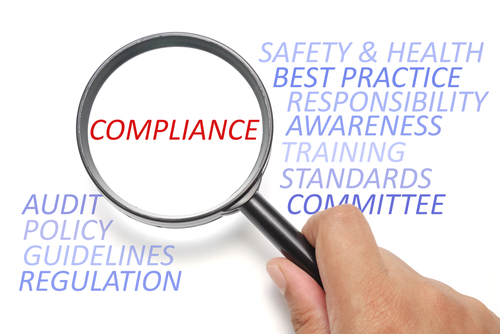
Setting up a Global Amazon Strategy: International Markets and Challenges
Expanding your brand to global markets through Amazon offers an incredible growth opportunity, but it also comes with its unique set of challenges. As the world’s largest online marketplace, Amazon operates in several countries, providing a platform to reach millions of customers. However, to set up a successful global Amazon strategy, it’s essential to consider localization, logistics, and compliance issues that can significantly affect your brand’s performance.

Identifying Target Markets and Product Demand
The first step in building a global Amazon strategy is identifying which international markets are best suited for your product. While Amazon offers access to over 18 global marketplaces, it’s critical to evaluate the demand for your product in each country. Tools like Amazon’s Market Analysis or third-party tools such as Jungle Scout can help you determine the potential demand, competition, and market size for your product in a specific region.
You’ll also want to consider cultural preferences and regional buying trends. For instance, while certain products may thrive in the U.S., they might not resonate as strongly with customers in Europe or Asia. This step requires thorough market research, examining customer behavior, and adapting your product offerings accordingly.
Overcoming Localization and Compliance Challenges
Localization goes beyond just translating your product listing; it involves adapting your entire selling strategy to suit local cultures, regulations, and expectations. Amazon provides translation services, but having a native speaker or localization expert review and optimize your listings can lead to higher conversions and better customer engagement. From the product title and description to keywords and bullet points, every element must be tailored to the local language and buying habits.

Additionally, compliance is a critical issue when selling internationally. Each country has its own set of regulations regarding product certifications, taxes, and import duties. Failure to comply can result in penalties or account suspensions. For example, the European Union has specific labeling requirements, and VAT registration is necessary for sellers. Understanding these regulations and staying compliant is a crucial part of your global expansion strategy.
Streamlining Logistics and Inventory Management
Selling on international Amazon marketplaces also introduces logistical complexities. Managing cross-border shipping, import taxes, and delivery timeframes can be daunting. Amazon’s Fulfillment by Amazon (FBA) service simplifies international logistics by storing your products in their fulfillment centers worldwide, but it comes at a cost. Alternatively, Fulfilled by Merchant (FBM) gives you more control but requires a well-coordinated shipping strategy.
Inventory management is also crucial when operating in multiple countries. You must ensure that your inventory is appropriately distributed to avoid stockouts in high-demand regions and overstocking in others. Tools like Amazon’s Global Inventory Viewer can help you monitor inventory across various marketplaces, allowing for better stock planning and forecasting.

Conclusion
Expanding into international markets through Amazon is an exciting opportunity for brands looking to scale, but it requires careful planning and execution. By conducting thorough market research, ensuring compliance with local regulations, and optimizing logistics, you can create a global Amazon strategy that brings your brand to new customers worldwide. With the right approach, international markets can drive significant growth and elevate your brand’s global presence.














